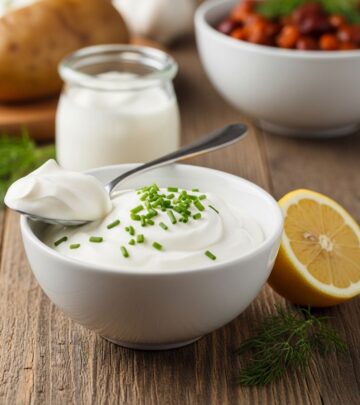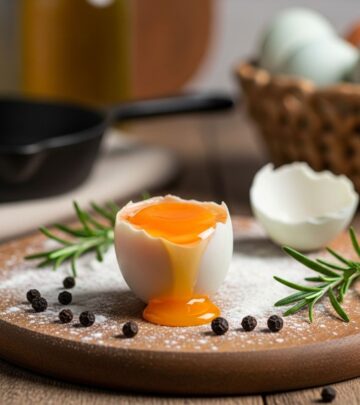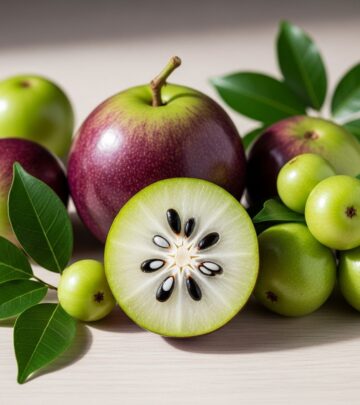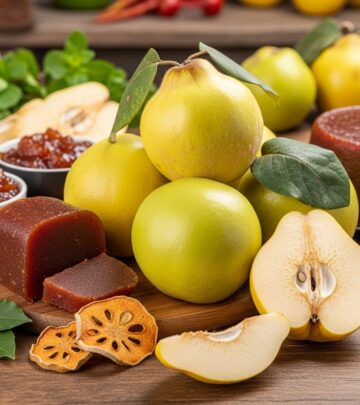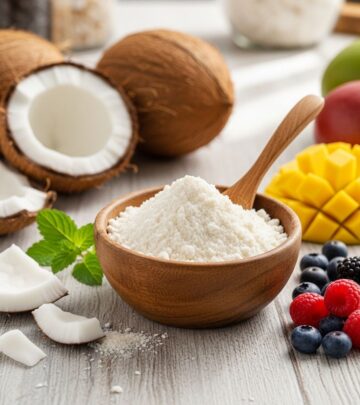Chervil: Culinary Uses, Benefits, and Growing Guide
This delicate herb transforms everyday dishes and thrives in cool, shaded gardens.
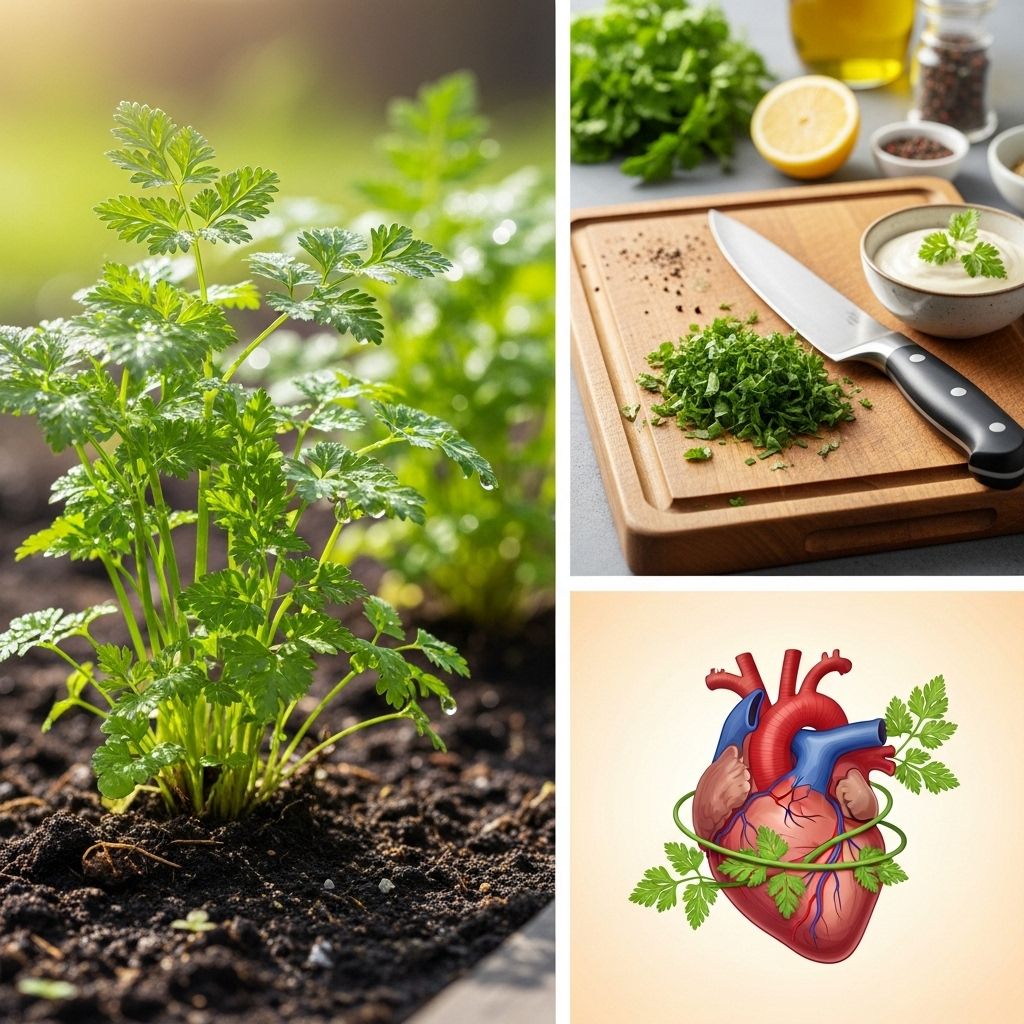
What Is Chervil?
Chervil (Anthriscus cerefolium) is a delicate, aromatic herb related to parsley, renowned for its mild flavor with subtle notes of anise and licorice. Sometimes called “French parsley,” it has played a vital role in French cuisine for centuries, forming a core ingredient in the famous “fines herbes” blend. While once a common kitchen garden staple, chervil has become less familiar in modern home cooking, despite its versatility and healthful properties.
Chervil: Origin and History
Native to the regions surrounding the Caucasus and southeastern Europe, chervil was introduced to the rest of Europe by the Romans and quickly became cherished in both cuisine and herbal medicine. In ancient Greece, chervil was included in spring tonics and used as a cure-all plant; it later became central to French kitchen gardens, beloved for bringing subtle flavor and nutrition to sauces, soups, and salads.
Physical Description
- Leaves: Fern-like, bright to pale green, delicate, and flat, resembling carrot tops or curly parsley.
- Height: Typically grows 12-24 inches (30-60 cm) high when mature.
- Flowers: Small, white umbels that appear in the plant’s second year if allowed to bolt.
Culinary Uses of Chervil
Chervil’s subtle flavor and delicate aroma make it a favorite among chefs for enhancing a variety of dishes:
- Fines Herbes: A classic French blend that combines chervil with parsley, tarragon, and chives. Used to finish omelets, soups, and delicate sauces.
- Egg Dishes: Elevates scrambled eggs, omelets, and egg salads with its faint anise note.
- Soups: Especially popular in “Potage aux Herbes” and cream-based soups, such as Crème d’Orseolle, where chervil is gently sautéed and added at the end for freshness.
- Salads: Adds a mild sweetness to green salads and vinaigrettes.
- Sauces and Dressings: Integral in French cuisine for flavoring beurre blanc, bearnaise, and other classic sauces.
- Vegetable Dishes: Complements steamed or roasted vegetables, potatoes, and carrots.
- Substitute: If chervil is unavailable, parsley with a hint of tarragon or chives is suggested, though purists insist nothing fully replicates its taste.
Flavor Profile
Chervil’s flavor is best described as a gentle blend of mild parsley, licorice, and a whisper of anise. Its subtlety means it’s often added just before serving, as prolonged cooking can diminish its aroma and taste.
Health Benefits and Traditional Uses
Historically valued for more than just flavor, chervil has a variety of purported medicinal benefits:
- Digestive Aid: Traditionally used to soothe digestive discomfort and aid in digestion.
- Anti-inflammatory Properties: Folk remedies suggest chervil helps with inflammation and relieving hiccups (when steeped in vinegar).
- Blood Pressure Regulation: Old herbal traditions claim chervil can help lower high blood pressure, though evidence is largely anecdotal.
- Vitamin and Mineral Content: Rich in vitamins A and C, and contains calcium, potassium, and manganese.
- Longevity: Associated in folk wisdom with enhancing wellness and longevity.
While scientific studies on chervil’s medicinal efficacy are limited, its mild diuretic effect and vitamins contribute to a healthy diet.
How to Grow Chervil
Growing chervil at home is straightforward, even for beginners. The plant thrives in cool, moist, partially shaded environments and can be cultivated outdoors in garden beds, in containers, or inside as a microgreen.
Ideal Growing Conditions
- Hardiness: Chervil is suited to USDA Hardiness Zones 3–7.
- Temperature: Prefers cool weather. Hot temperatures trigger bolting (premature flowering), which destroys leaf flavor.
- Light: Needs partial shade (especially in hot climates) or filtered sunlight.
- Soil: Moist, well-drained, rich in organic matter.
Planting and Care Instructions
- Sow Seeds: Direct sow seeds outdoors in early spring or late summer. Indoors, use a deep container as transplantation is not recommended due to the herb’s sensitive taproot.
- Water: Keep the soil consistently moist but not waterlogged. Drought can make leaves bitter and may damage the plant.
- Thin Seedlings: Once seedlings are a few inches tall, thin them so plants are spaced about 6–12 inches apart.
- Harvest: Begin harvesting leaves when plants reach 6 inches (15 cm) in height—usually about 30–60 days after sowing. For continuous harvest, sow new seeds every 3–4 weeks.
- Bolting: Remove flower buds promptly to extend leaf production. Once bolted, leaves lose their characteristic flavor.
- Fertilization: Minimal feeding is required. Light foliar spray with liquid seaweed after leafing may be beneficial, but avoid overfertilization to prevent dilution of flavor.
Chervil Growing FAQ Table
| Question | Answer |
|---|---|
| How long does chervil take to grow? | Germination: 10–14 days. Maturity and harvest: 42–70 days. |
| How tall does chervil grow? | Typically 1–2 feet (30–60 cm) depending on the variety. |
| Best place to grow chervil? | Outdoors in partial shade, or indoors in a deep container with moist soil. |
| Optimal harvest period? | First-year leaves are most flavorful; regular sowing ensures supply. |
| Hardy to what zones? | USDA Zones 3–7; some varieties thrive in winter. |
Popular Varieties of Chervil
- Plain (Common) Chervil: Typical garden variety, standard delicate flavor.
- Crispum Chervil: Curly-leaved form, similar in taste with frilly foliage.
- Vertissimo (Brussels Winter) Chervil: More vigorous; withstands cold, hardy in winter.
Chervil in Modern and Traditional Cuisine
Despite its lesser-known status outside French cuisine, chervil’s applications remain relevant and creative:
- Finishing Touch: Use fresh chervil leaves for garnishing soups, creamy pasta, grilled chicken, or fish for a sophisticated finish and enhanced aroma.
- Herb Butters and Creams: Incorporate into softened butter or cream cheese for a mild, fragrant spread.
- Pairings: Complements tarragon, parsley, chives, and dill, bridging flavors in fresh herb recipes.
- Potpourri: Occasionally used for fragrant home blends, more for tradition than for scent.
Potential Side Effects and Considerations
- Allergies: Rare but possible, especially in individuals with sensitivities to other umbellifers (e.g., parsley, celery).
- Pregnancy and Breastfeeding: No adverse effects documented, but as with all herbs in medicinal doses, consult a healthcare provider.
- Medicinal Use: Seek professional advice before using chervil supplements or extracts for health conditions.
Nutritional Profile of Chervil (per 100g fresh leaves)
| Nutrient | Amount |
|---|---|
| Calories | 237 kcal |
| Vitamin C | 50 mg |
| Vitamin A | 6,850 IU |
| Calcium | 134 mg |
| Iron | 3.1 mg |
| Magnesium | 53 mg |
| Potassium | 474 mg |
Values are approximate and can vary by growing conditions.
How to Select and Store Chervil
- Selection: Opt for fresh, vibrant, undamaged leaves—wilted or yellowing chervil loses flavor and appeal.
- Storage: Keep refrigerated in a sealed container lined with a damp paper towel for 2–3 days. Use as soon as possible, as chervil is highly perishable.
- Drying: Not recommended; flavor is lost.
- Freezing: Chop finely and freeze in ice cube trays with water or olive oil to preserve some freshness for later use.
Frequently Asked Questions (FAQs)
Can I substitute parsley for chervil?
Parsley and chives can partially mimic chervil’s flavor, but chervil’s mild anise note is unique and irreplaceable for certain classical French recipes.
Is chervil easy to grow indoors?
Yes, especially in a deep pot placed in partial shade. Avoid moving chervil once planted due to its sensitive roots.
Can I dry chervil for later use?
Chervil loses much of its flavor when dried. For best results, use fresh or freeze chopped leaves in ice cubes with water or oil.
Is chervil safe to eat raw?
Yes, it’s commonly eaten raw in salads and used fresh to finish dishes.
Does chervil have any known side effects?
Serious side effects are rare, but allergic reactions can occur. Always consult with a doctor before significant medicinal use.
What herbs mix best with chervil?
Chervil pairs harmoniously with tarragon, parsley, chives, dill, and even basil for balanced herbal blends.
In Summary
Chervil is an underappreciated gem in both classic and contemporary kitchens, valued for its gentle anise flavor, subtle aroma, and nutritional highlights. Simple to grow for home gardeners and versatile as a culinary herb, chervil deserves reconsideration in modern cooking. Try incorporating fresh chervil in your next meal—your palate and health will thank you.
References
- https://ellenogden.substack.com/p/charming-chervil
- https://herbsathome.co/grow/chervil/
- https://www.masterclass.com/articles/guide-to-cooking-with-chervil
- https://www.stylecraze.com/articles/health-and-wellness/ingredients-and-uses/
- https://specialtyproduce.com/produce/Chervil_305.php
- https://www.piccantino.com/info/magazine/chervil-more-than-just-a-soup-spice
Read full bio of medha deb


